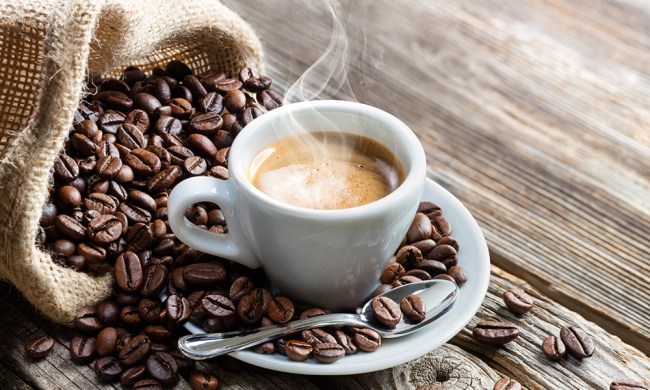Home cellaring is a common practice in the wine world. Keeping a few bottles of a favorite label of varying vintages on hand is a fact of life for sommeliers, both professional and amateur. As the years pass, a series of chemical reactions between acids and sugars transform the drink into a new and, to some palates, improved version of itself. A simple equation is formulated where the time spent cellaring increases the monetary and emotional value of the bottle proportionally to the pleasure taken in consuming.
But who says wine snobs should have all the fun? Beer nerds can partake in beer cellaring experiments of their own, as several types of beer can benefit greatly from a few extra years in a cool, dark place.
How to Choose What Beer to Age
Before setting a beer aside to age, first consider the style of the brew. As a general rule, if a brewer presents you with a “best by” date printed on the label, listen to their advice. Low-alcohol, session-worthy beers will have nothing to gain and will only get worse with time. Beers like IPAs that thrive on a fresh hop premise will likewise fall off the mark. Instead, for your aging adventures, look to maltier fare such as porters, stouts and higher alcohol beers classified as sours, barleywines, or potent Belgian varieties.

The Beer-Aging Process
The aging process is often referred to as “experimental” because there are no promises for what will happen to your cellared beer with time. Typically, the astringent burn of strong ales will mellow into a sweeter, more palatable sipper. The bitter and aromatic attributes of hops will recede. The specific qualities of the beer will begin to blend and merge into a more consistent profile. Many times, the beer created as the result of aging is wildly different but potentially much more enjoyable than the original.
Where to Store Your Aging Beer
For your storage location, choose a spot with little to no light access and a steady, cool temperature. Heat, light, and oxygen are the enemies of beer storage. Make sure the bottles are tightly sealed and that they are not subjected to prolonged exposure to bright lights or warm temperatures. If you feel that your bottle caps need extra attention, you may want to consider dipping the bottles in wax. This optional step ensures that no oxygen will seep in and also makes your bottles look extra festive. Beer packaged in cans is ideal for long term storage as cans completely block light and have tight seams.
A common cellaring experiment involves saving seasonally released beers for a number of years and then conducting side-by-side tastings to compare the aging process and determine an ideal storage time for the specific beer. Once you’ve done this for your favorite brews, you’ll have a personal preference established and get into a regular routine of buying, aging, and drinking. Homebrewers can also get in on the act, which will open a window on how their own creations change with time.
After all, the joy of drinking is what this passion for beer is all about. It’s not a contest to see who has the oldest beer or the largest cellar. Aging beer is simply one more method to get the most from this delicious hobby.


